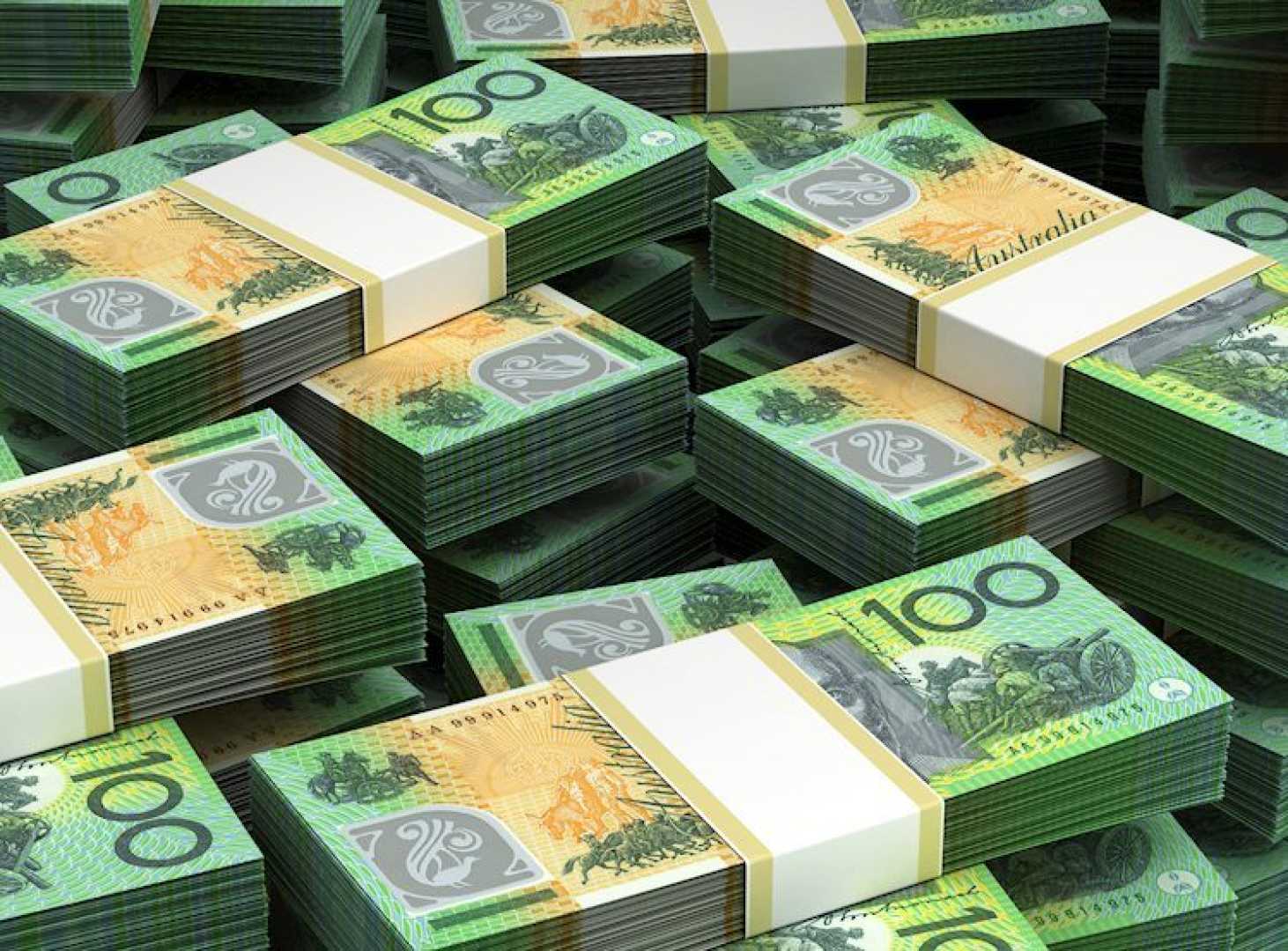Business
Australian Dollar Rebounds Amid Mixed Economic Signals

The Australian Dollar (AUD) showed signs of recovery on Thursday, bouncing back from a five-day losing streak. This development comes as market participants speculate about monetary policy decisions in both the United States and China, which may have significant implications for the Aussie dollar’s trajectory.
On the one hand, the US Dollar continues to demonstrate strength, fueled by speculation that the Federal Reserve may consider a 25 basis points interest rate cut in November. The potential rate adjustment might undermine the Australian Dollar in upcoming sessions.
Meanwhile, Beijing‘s recent economic stimulus measures fell short of expectations, as China’s top economic planning authority did not announce new initiatives to address the nation’s slowing economic growth. Given China’s status as a major trading partner for Australia, such economic concerns in China often negatively impact the AUD.
Financial analysts are keeping a close eye on the upcoming US Consumer Price Index (CPI) data, which is due for release later on Thursday. The CPI report is forecasted to show a year-on-year increase of 2.3% for the headline figure in September, with core inflation projected at 3.2%. Unexpected softness in these figures could open the door for further rate cuts, potentially affecting the USD and influencing AUD/USD movements.
In technical terms, the AUD/USD pair is trading in positive territory. The pair is at a crucial juncture, fluctuating around the lower boundary of the upward-trending channel and the 100-day Exponential Moving Average (EMA) on the daily chart. A drop below these levels could signal further downside pressure, as suggested by the 14-day Relative Strength Index (RSI), which currently reads below the midpoint at 41.20.
Key support for the AUD/USD is identified at the 0.6700 level, marking the lower limit of the trend channel and the 100-day EMA. Breaching this support could lead the pair towards 0.6622, noted as the low point on September 11. Conversely, the pair faces resistance at 0.6767, the high recorded on September 6, and could face additional barriers at 0.6823 and 0.6942, marking highs from late August and September 30, respectively.
Broader economic considerations include interest rate dynamics. Higher interest rates typically strengthen a country’s currency, enhancing its appeal to global investors, while simultaneously raising the opportunity cost of holding assets like gold. This dynamic can strengthen the USD and, by extension, impact commodities priced in the dollar.
According to the Federal Reserve’s monetary policy, rate expectations are closely monitored by tools such as the CME FedWatch, which helps shape market behavior in anticipation of Fed decisions.
Market participants are advised to remain vigilant about emerging economic data and central bank signals from both Australia and the United States, as these will be crucial in determining the near-term trajectory of the AUD/USD pair. Additionally, external factors such as geopolitical tensions in the Middle East could further influence market sentiment and currency valuations.












